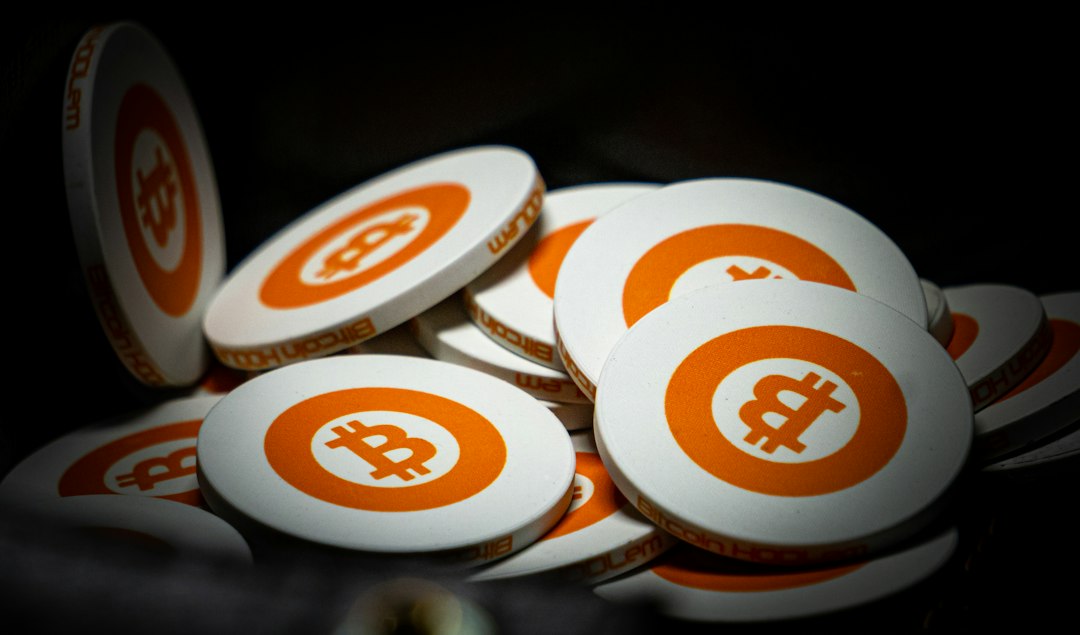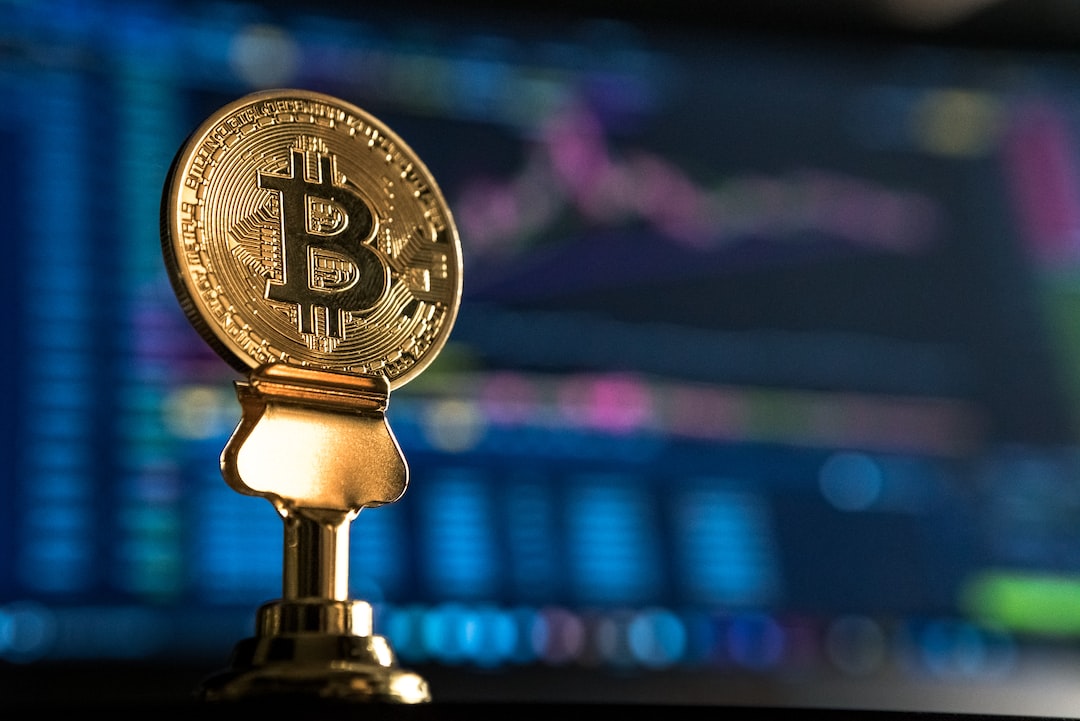Insights and Advocacy for XRP in CBDC Discussions
In a recent public questionnaire titled “Money and Payments: The US Dollar in the Age of Digital Transformation,” the XRP community has made its voice heard by highlighting the potential of the XRP Ledger (XRPL) in the future of digital finance. The document, which explores the viability and design of Central Bank Digital Currencies (CBDCs), mentions XRP 111 times in its 584 pages.
The Federal Reserve Should Maintain Relationships with the Industry
One advocate, James Hughes, emphasized that the Federal Reserve should maintain relationships with the cryptocurrency industry and not make private currencies like Bitcoin, ETH, or XRP illegal. He believes that allowing consumers to choose will foster innovation.
XRP’s Efficacy and Offline Capabilities
Ryan Hanna highlighted XRP’s efficacy, particularly its offline capabilities and potential to facilitate point-of-sale transactions. He argued that a CBDC built on a federated sidechain like Ripple’s XRPL would be more secure than the current financial system and ready to adapt to quantum computing. Hughes also noted XRP’s efficiency, citing instant settlement and zero fees.
XRP as an Alternative to CBDCs for Cross-Border Payments
James Ryckman challenged the necessity for CBDCs in cross-border payments, suggesting Ripple and its technology as efficient alternatives. He stated that Ripple and XRP could serve as a perfect bridge currency for large cross-border payments, while other applications like Stellar and XLM could handle public-facing money transfers across borders.
XRP’s Performance for Settlements
Kenneth Walker pointed out that Ripple has developed XRP, which can settle cross-border payments in seconds compared to traditional legacy systems that take days. He also highlighted the significantly lower processing costs of using XRP.
Advocating for Synergy Between Public Chains and CBDCs
Luke Keagy proposed using XRPL as a foundational technology for CBDCs and emphasized the importance of interoperability with private sector innovation. He suggested building a side chain using a public chain like XRPL to allow direct interoperability between FED money and private sector innovation.
XRP’s Versatility for Transferability Across Payment Platforms
Ernest Shackleton expressed confidence in XRP’s versatility as a solution for transferability across various payment platforms. He recommended using XLM or XRP as the base layer.
The Community’s Strong Belief in XRP’s Enhancement of CBDC Framework
While not all comments were entirely serious, the substantial mentions of XRP in the questionnaire reflect the community’s strong belief in its ability to enhance the CBDC framework. The extensive public engagement by the US Federal Reserve signifies an important moment in the exploration of CBDCs.
Hot Take: XRP Price Analysis
Currently, XRP is trading at $0.60333. The price is squeezed between the 20-day and 50-day Exponential Moving Average (EMA) after being rejected at the 0.382 Fibonacci retracement level. A decisive level to watch for an upside breakout is $0.627, while the 100-day EMA at $0.575 could provide support on the downside.

Conclusion
The XRP community has actively participated in discussions on CBDCs, advocating for the potential of the XRP Ledger. Their insights highlight XRP’s efficacy, efficiency, and versatility in various financial applications. While some comments were not entirely serious, the substantial mentions of XRP reflect the community’s belief in its ability to enhance the CBDC framework. The US Federal Reserve’s engagement with the public demonstrates the importance of exploring CBDCs and considering innovative solutions like XRPL. Additionally, XRP’s price analysis suggests a potential breakout or support level to watch in the market.





 By
By
 By
By
 By
By
 By
By

 By
By